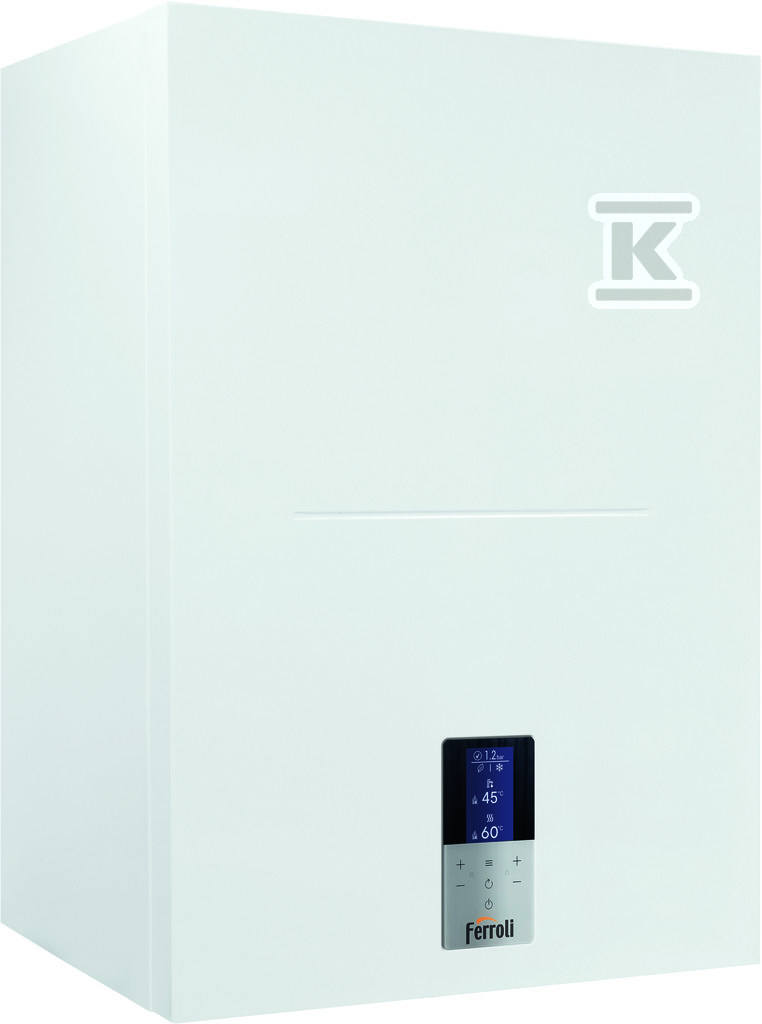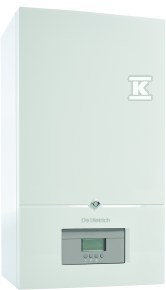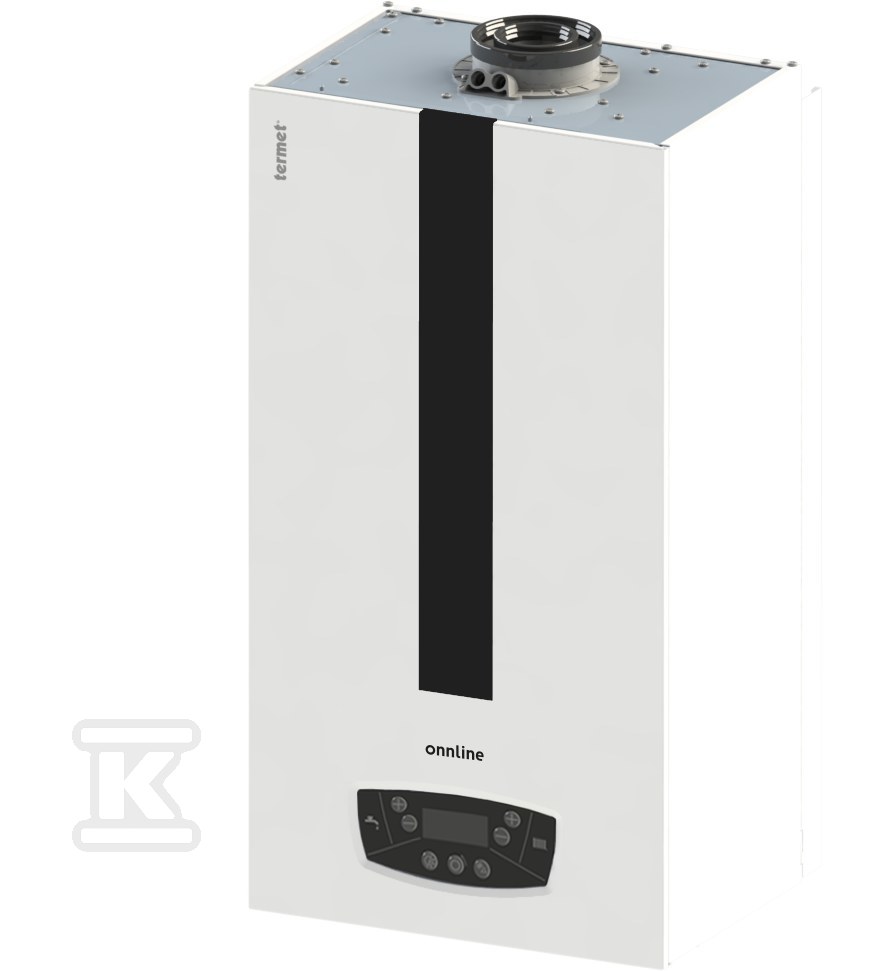Gas boilers are popular devices used in households for heating rooms and domestic hot water. Of course, they are also used in public buildings. For this reason, a good installer should know how to properly bleed a gas furnace to improve the efficiency of the heating system before the winter season. Learn proven tips that will help you solve problems with an air-filled gas boiler. See how to effectively bleed underfloor heating and a gas boiler.

Check out gas boilers at the Onninen wholesaler
How to recognize an air-clogged furnace?
The most commonly used on the market are dual-function condensing gas boilers , which are responsible for maintaining the optimal temperature in radiators, underfloor heating systems and domestic hot water.
 So how do you know if your gas boiler needs bleeding? Some of the symptoms you may notice in your gas boiler include:
So how do you know if your gas boiler needs bleeding? Some of the symptoms you may notice in your gas boiler include:
- the heating system is making unusual noises, e.g. gurgling in the radiators,
- the underfloor heating does not work evenly or does not work at all,
- cold radiators after starting the heating system.
The reasons that generate problems with the operation of a gas boiler may be different. Some relate to damage to the components of the boiler itself, e.g. the valve, while others are related to the heating system itself.
The main causes of the problem with air in the gas furnace include:
- the ingress of air along with water into the installation, e.g. when filling the heating pipes,
- leaks in polyethylene pipes,
- the furnace fills up too quickly,
- suction due to a leak in the heating system.
It also happens that gas boilers are air-locked in the case of underfloor heating that does not function properly. In such cases, the entire heating system should be carefully inspected to find the source of the problem to eliminate.
Does a gas furnace actually need to be vented?
 Venting the gas boiler is necessary when you notice incorrect operation of the radiators, bubbling water in the system or other faults that affect the lack of effective heating. Venting the heating system is necessary at intervals, e.g. every year before each heating season .
Venting the gas boiler is necessary when you notice incorrect operation of the radiators, bubbling water in the system or other faults that affect the lack of effective heating. Venting the heating system is necessary at intervals, e.g. every year before each heating season .
Such service work is useful for both underfloor heating and classic radiators. This gives you the certainty that the serviced installation will function properly throughout the season.
When venting a dual-function gas furnace , you must first turn off the power source and the circulation pump. Only when the water stops circulating in the circuit can you start the service action.
Step-by-step instructions for venting a gas furnace
To bleed a gas boiler and improve central heating , you must first find all the points where the necessary bleed should be carried out. Modern gas boilers are equipped with special valves - bleeders, which allow easy removal of air from the system.
 Places where you will find air vents are: gas boiler, high points of the installation riser, distributors, radiators (heaters), underfloor heating system connectors. Optionally, you can also find an additional valve on the DHW tank coil - when bleeding the system, you also have to deal with the tank itself.
Places where you will find air vents are: gas boiler, high points of the installation riser, distributors, radiators (heaters), underfloor heating system connectors. Optionally, you can also find an additional valve on the DHW tank coil - when bleeding the system, you also have to deal with the tank itself.
The entire process of venting the gas furnace and heating system should be as follows:
- Turn off the gas furnace and circulation pump.
- Locate all air vents on the furnace itself and throughout the entire system.
- Start by bleeding the furnace itself. Turn the bleeder to the left until you see water flowing. When there are no more bubbles, close the valve.
- Then proceed to the next installation elements:
- DHW tank,
- floor installation air vent valves,
- valves on radiators.
- Finally, make sure that the pressure in the heating system is around 2 bar. If you read other values, top up the water level in the boiler.
Remember that the entire process of venting a gas boiler should be carried out from the lowest to the highest point of the heating system, i.e. from the boiler to the radiators on the highest floors of the building.